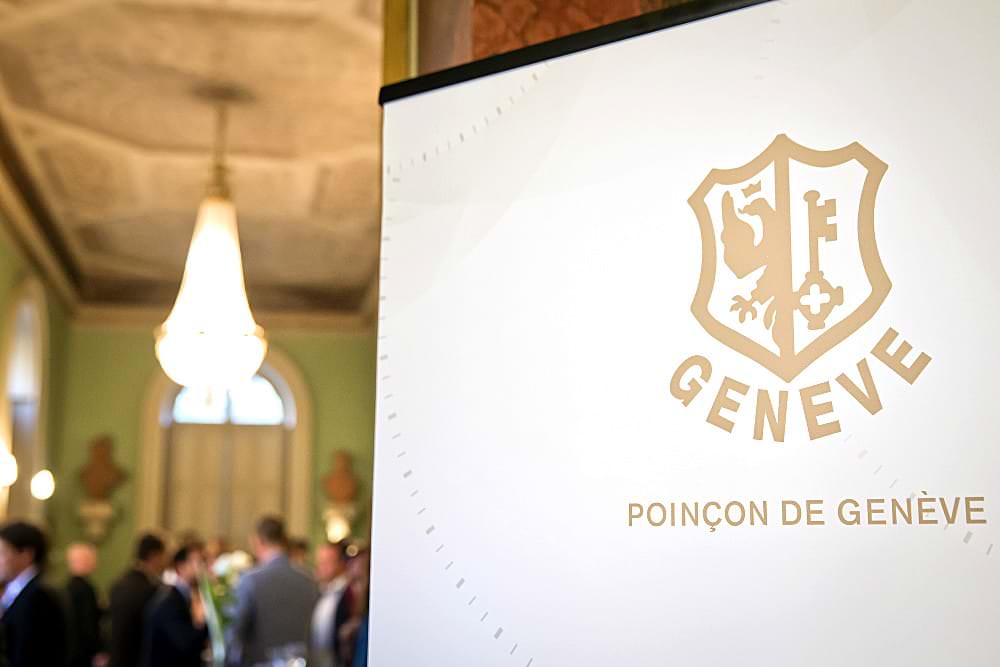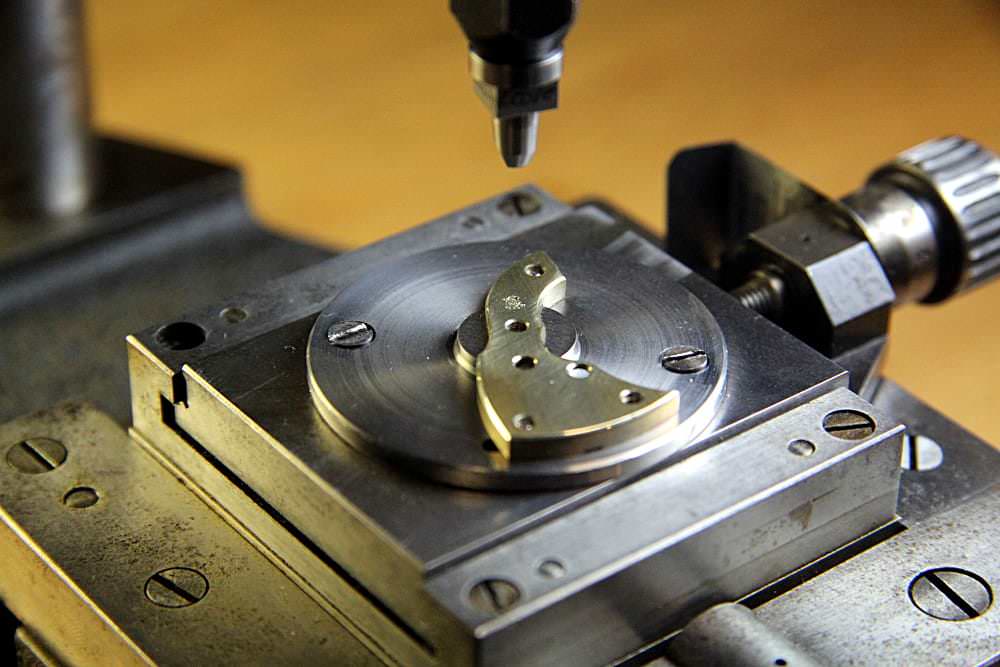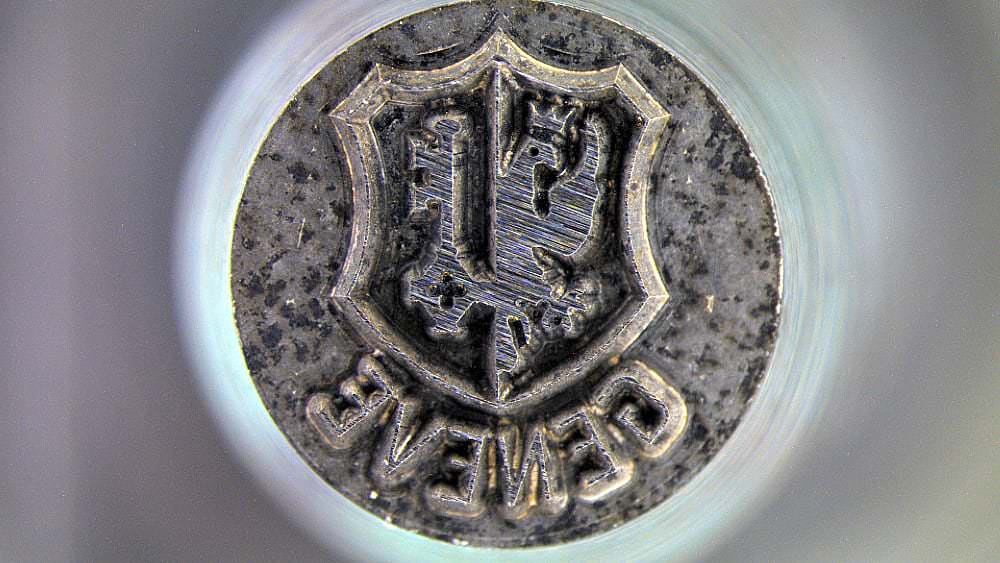As technology and watchmaking techniques moves further, so does the most renowned certification in Swiss watchmaking. The Hallmark of Geneva, which represents the highest certification in haute horologerie, dates back to the 19th century when Swiss watchmaking were often confronted with counterfeits as many fake timepieces were sold as they were made in Geneva.
Counterfeiting watches dates back, then, to the origin of fine watchmaking. In order to defeat this phenomenon, in 1873 the Société des Horlogers was founded, at the behest of watchmakers and after many attempts to fight against foreign brands that were used adopting the name of Geneva, the Hallmark of Geneva was then founded.
In 2011 the Hallmark of Geneva marked its 125th anniversary and was then updated. November 2011 the Foundation of the Laboratory of Watchmaking and Microtechnics of Geneva (TIMELAB) unveiled the new rules to be adopted as of 2012. The biggest change at the time was the certification had to include the whole watch, and not just the movement. It’s all about 12 requirements, among which are:
- each steel part has to feature polished angles, all visible surfaces smoothed, screws heads polished, hollows and edges chamfered
- the movement has to be equipped with jewels boasting polished holeswheels need to be fully chamfered and their edges polished
- pinions surfaces must be polished
What the 2014 Hallmark of Geneva now introduces is not about rules, but mostly the manufacturing technique: the nano-structural marking. This new technology has been developed by the University of Geneva in co-operation with PHASIS, a company specialized in nano-tehcnology, metallurgy and new materials. The nano-structural marking introduces new techniques such as micro-positioning and high speed electronics, two innovations that will let watchmakers mark even single parts of the watch as well as raw materials.
With the introduction of nano-technology, marking changes as no physical contact between marker and timepiece is no longer needed. This marking lets you alter a surface even microscopically, thus providing marking even on very tiny watch parts. The new hallmark will be neater than ever before and the marked part will be no longer subject to physical deformation, thus providing the mark on any kind of steel, hard metals and for the first time platinum.
How will watchmakers apply this marking? It is hard to say, since visibility when it comes to hallmarking is fundamental and positioning it is a crucial choice. It’s up to watchmakers, from now on, to unleash their creativity in making watches even more interesting while, simultaneously, competing even in the way they apply the Hallmark of Geneva.
(Photo credit: courtesy of poincondegeneve.ch; Google)
Marco Chisari @Horbiter®







